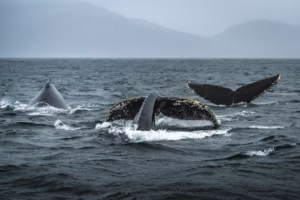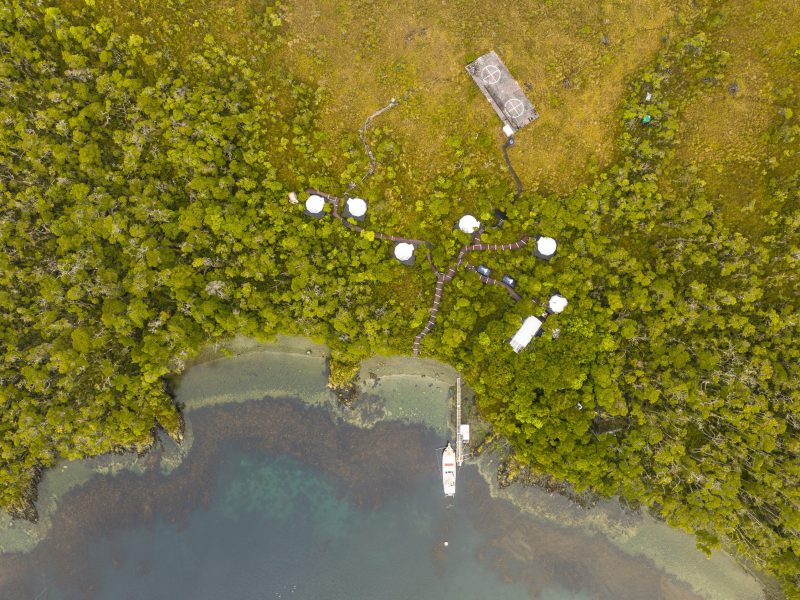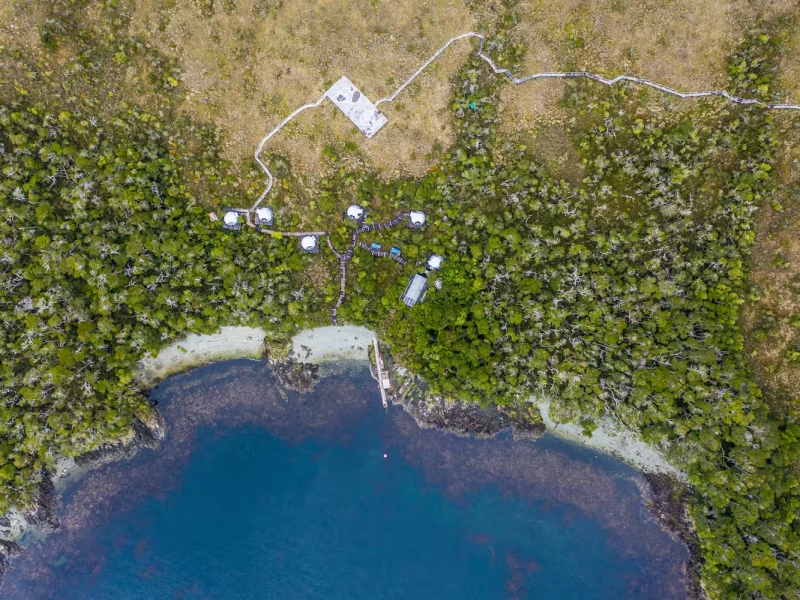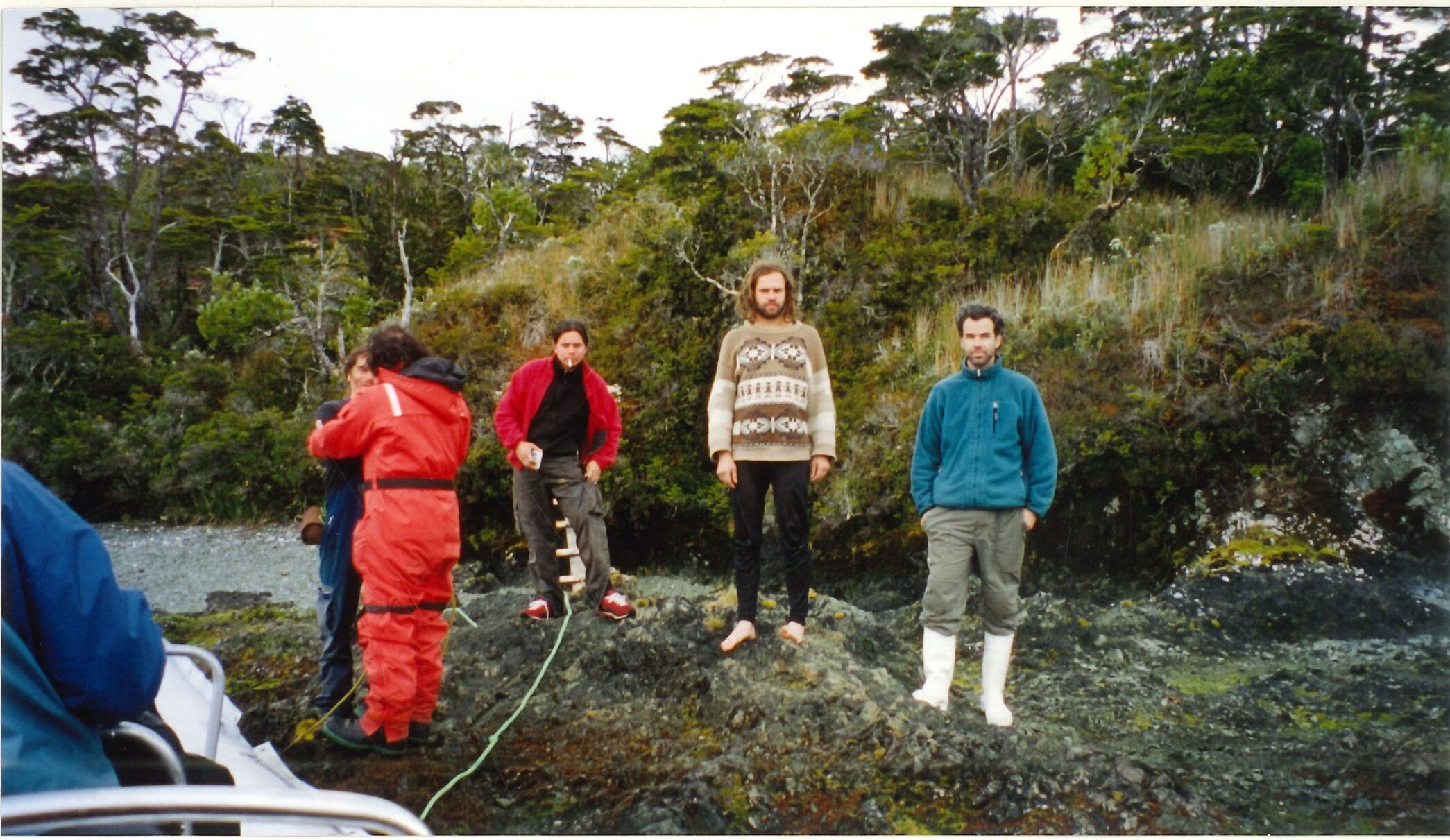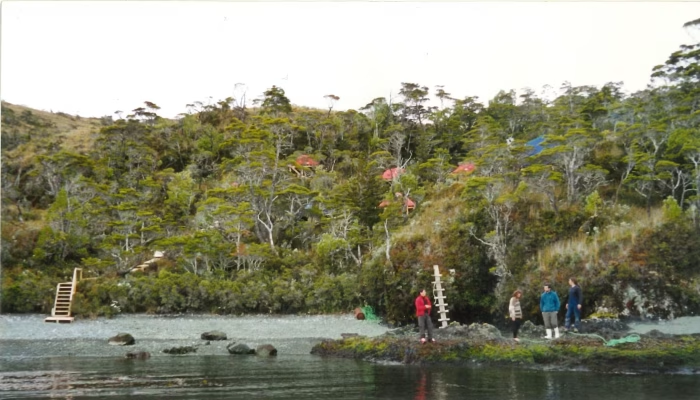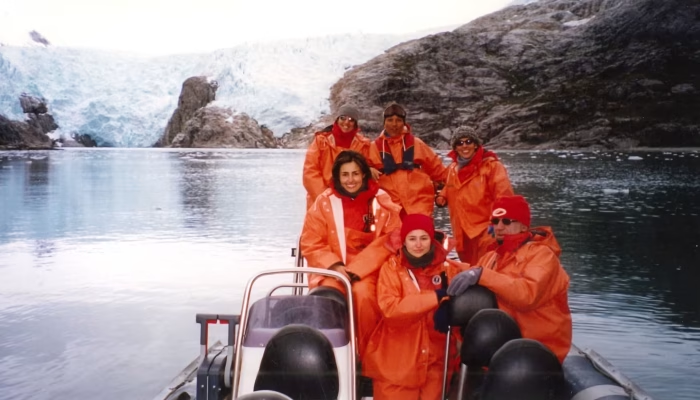How far do humpback whales migrate in the Strait of Magellan?
- Published: 2008
- Authors: Juan J. Capella, Jorge Gibbons, Lilián Flórez-González, Martha Llano, Carlos Valladares, Valeria Sabaj, Yerko A. Vilina
- Download the full study here
Study summary
This work documents for the first time the complete migratory journeys of individually identified humpback whales in the Strait of Magellan (EM), and their connection with breeding areas in Colombia.
Between 1999 and 2005, researchers compared 62 whales photographed in the EM with more than 1,000 individuals identified in Colombia, successfully matching them with certainty. six whales who migrated between both areas.
Highlighted findings
Eight complete migration journeys were documented. between the EM and Colombia.
The minimum distances traveled were 6,650 to 7,000 km per journey.
The duration of the fastest trips was 88 and 99 days, with average speeds of 76 and 67 km/day, respectively.
Genetic analysis showed 3 mitochondrial DNA haplotypes, all also present in whales from Colombia.
Some whales returned up to six consecutive years to the EM, demonstrating high fidelity to the feeding site.
Of the six whales identified, five were males and one female.
Importance of these results
Humpback whales in the Strait of Magellan confirmed as part of the Southeast Pacific stock., which is reproduced off Colombia and Ecuador.
The EM is positioned as a recurrent and fundamental feeding area, which highlights its value for the conservation of the species.
The study also suggests that some whales may prefer shorter migration routes (to the EM rather than Antarctica), which would have significant ecological and energetic implications.
Whalesound: Science in Every Journey
This study was made possible thanks to the joint work between scientific institutions and Whalesound, which provided logistical support and access to this unique ecosystem.
Each expedition we undertake not only seeks to amaze you, but also to contribute to the understanding and conservation of these majestic species.

